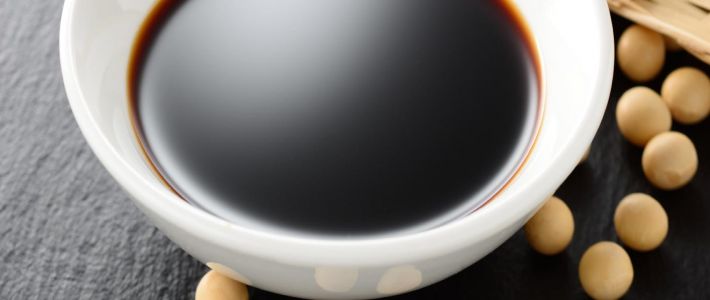
Visit our other sites
-
Fapas - Proficiency Testing
Globally recognised provider of proficiency tests, running over 400 tests annually across an extensive range of matrices and analytes
-
Great Crested Newts Testing
A single sample taken by an ecologist at any time during the newt breeding season can determine their presence or absence, saving you time and money

Method Used
GC-MS
Accreditation
ISO 17025 flexible scope
Standard Turnaround Time
10 working days
Acrylamide is a chemical substance formed by a reaction between amino acids and sugars. It typically occurs when foods with high starch content such as potatoes, root vegetables, cereal-based foods, bread, coffee and coffee substitutes are cooked at high temperatures (over 120°C). Acrylamide is a suspected carcinogen. The presence of acrylamide in food was initially detected in 2002. Yet in 2015 the EFSA (European Food Safety Authority) stated that current levels of dietary exposure to acrylamide were a growing concern as the levels of acrylamide were not consistently decreasing.
Fera’s food safety experts can measure acrylamide down to a reporting limit of 30µg/kg in routine foods and 150µg/kg in more challenging matrices such as coffee and cocoa products. The process is accredited by UKAS to ISO17025. (please call if you have any questions regarding your sample type)
With this in mind Fera have taken a decision to support industry in their routine due diligence testing to lower the standard price for Acrylamide Analysis and remove any minimum sample restrictions.
EU Regulation
Commission Regulation (EU) 2017/2158 came into force as of 11 April 2018 introducing mandatory mitigation action and benchmark levels (BLs) of acrylamide in food, with maximum levels (MLs) to follow. It has been recognised in recent times by the ESFA (European Food Safety Authority) that the levels of acrylamide were not consistently decreasing in recent years. In practice, this means that businesses will be required to identify where the hazard of acrylamide formation occurs and then to implement mitigation (or reduction) measures to ensure levels are as low as its reasonably achievable.
If you want further information, read more - "Commission Reg. (EU) on the application of control & mitigation measures to reduce the presence of acrylamide in food"
Benchmark levels are performance indicators, not legally binding. They are however used to verify the effectiveness of mitigation measures. These range from 150 µg/kg for biscuits and rusks for infants up to 500 µg/kg for french fries and 4000 µg/kg for chicory based coffee substitutes.
As a result of the legislation, food business operators will be required to sample their products and have them analysed to prove that the acrylamide levels are meeting the benchmark and are as low as reasonably possible. They will be expected to bring in measures to ensure that acrylamide levels are lowered in their products.
Please contact us to discuss volume discounts.
| Detail | Specification |
|---|---|
Standard Turnaround Time | 10 working days |
Method Used | GC-MS |
LOD (limit of detection) |
|
Accreditation | ISO 17025 flexible scope |
Acrylamide
Add Samples
Your Current Samples
Please review your sample(s). Additional sample charges may apply where applicable.
There are no samples associated with this product at this time

Copyright © 2025 Fera Science Limited (“Fera”). All rights reserved.
For further information about how Fera uses any personal data collected from you, please see our Privacy Notice at www.fera.co.uk/privacy-policy.




